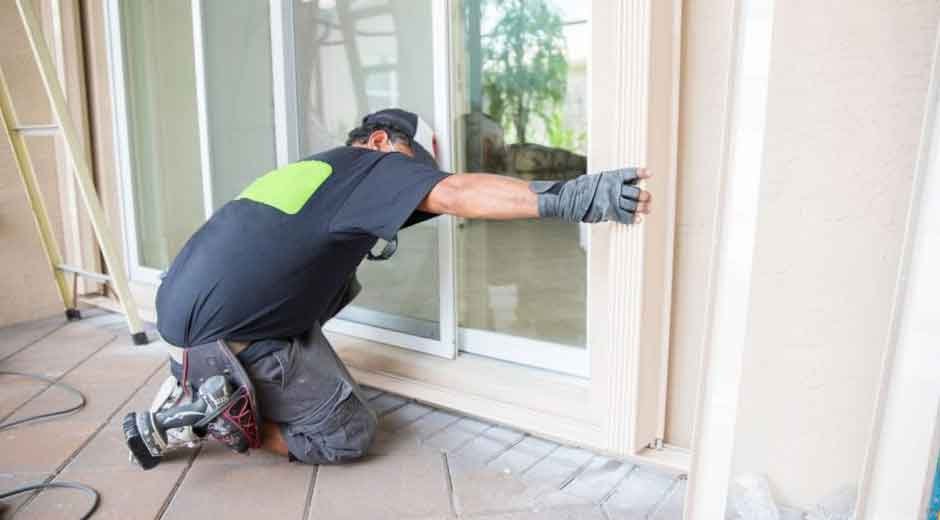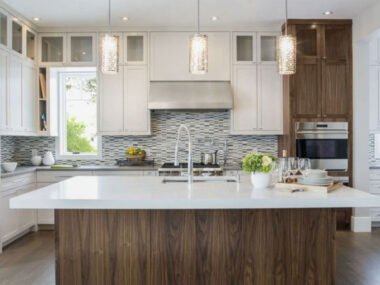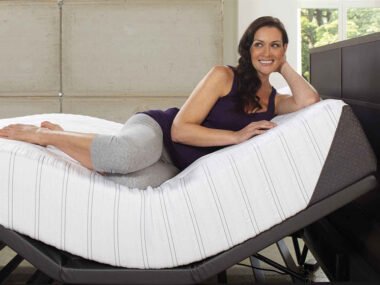Not all windows are built the same. That might sound obvious, but when you look closely at hurricane windows compared to standard glass, the differences are much more than surface level. They’re built with a very specific purpose: to hold up in extreme weather when regular glass just won’t.
So, what exactly makes hurricane windows unique? It comes down to materials, construction, testing standards, and long-term performance.
The Core Difference: Impact Resistance
At the heart of every hurricane window is its ability to resist impacts. We’re talking about debris hurled by hurricane-force winds, not just a stray ball from the backyard. Standard windows are usually made with a single pane or dual-pane glass. When hit with enough force, they break easily and dangerously. Shards can fly across a room, and once a window is breached, pressure builds inside the house. That sudden increase in pressure can lead to something much worse: roof damage or even structural failure.
Hurricane windows, on the other hand, are built to stay in place even if the glass cracks. Here’s why:
Laminated Glass Layers
The defining feature of a hurricane window is its laminated glass. This typically involves:
Two panes of glass, which are thicker than standard windows.
A strong interlayer in between: usually a polymer like PVB (polyvinyl butyral) or SGP (ionoplast).
This sandwich-style construction keeps the glass bonded together. Even when hit hard enough to crack, the pieces cling to the interlayer instead of shattering. This stops wind, rain, and debris from getting inside.
Materials Matter
Beyond the laminated glass, the frames of hurricane windows also need to meet strict standards. It’s not just about the glass holding up. The entire window system has to stay intact during high-pressure situations.
Hurricane window frames are typically made from:
- Reinforced aluminum– strong and corrosion-resistant.
- Vinyl with internal supports– durable and energy-efficient.
- Fiberglass– offers a mix of strength and flexibility.
The corners are often reinforced, and many include steel or additional bracing within the frame. Standard window frames don’t include these types of reinforcements, so they’re more likely to fail under pressure.
Built to Meet Tough Testing Standards
Another big difference comes down to how hurricane windows are tested. These windows go through rigorous certification processes before they’re approved for installation in high-risk coastal areas.
Common tests include:
- Impact testing– Simulating large and small debris strikes at various speeds.
- Pressure cycling– Mimicking the push and pull of strong winds to ensure the frame and glass stay secure.
- Water infiltration tests– Making sure water won’t breach the seals even when being driven by wind.
Standard windows do not go through this level of testing. They’re designed for normal conditions, not extreme storms.
They’re Heavier, Thicker, and Built for the Long Haul
Physically, hurricane windows feel different. They’re heavier, and the frames tend to be bulkier because of the reinforcements. This added weight isn’t just a side effect—it’s part of what makes them more stable under extreme conditions.
Other long-term advantages include:
- Noise reduction– That laminated glass layer also dampens sound.
- UV protection– The interlayer helps block harmful UV rays, preserving interior furnishings.
- Energy efficiency– Many hurricane windows are double-paned and offer insulation benefits similar to premium energy-saving windows.
Standard windows can include some of these features, but they’re optional. With hurricane windows, it’s built into the design by default.
A Quick Side-by-Side: Hurricane vs Standard Windows
Sometimes it helps to see it all laid out clearly. Here’s a basic comparison to sum it up.
Glass type
Standard – Single or double pane
Hurricane – Laminated impact-resistant glass
Frame strength
Standard – Basic material, limited reinforcements
Hurricane – Reinforced aluminum, vinyl, or fiberglass
Shatter behavior
Standard – Breaks into sharp pieces
Hurricane – Cracks but holds together
Storm resistance
Standard – Not tested for wind or impact
Hurricane – Meets specific wind zone and impact standards
Longevity in coastal zones
Standard – Often needs shutters or boarding
Hurricane – Built-in protection, no extra prep required
Cost and value
Standard – Cheaper up front, less durable
Hurricane – Higher initial cost, better long-term value
It’s About Protection, Not Just Aesthetics
Many people assume a window is just a window. It should let in light, maybe open and close easily, and look good with the house. But in hurricane-prone areas, the job of a window goes far beyond that.
Hurricane windows are part of your home’s safety system. When storms roll in, they’re one of the few things standing between the outdoors and everything inside. They don’t just stop glass from breaking; they help prevent major structural failures that can cost far more than a broken pane.
Standard windows just don’t offer that level of protection. Even with added storm shutters, there’s still a greater risk. Once the glass breaks and the seal is lost, the whole room becomes vulnerable.
Why It Matters More Than Ever
Storms are changing. They’re more frequent and more intense in many areas, and that trend doesn’t seem to be going away anytime soon. Homeowners in coastal zones, or even areas hit by occasional hurricanes, need to consider more than just insurance policies.
Upgrading to hurricane windows isn’t just about meeting building codes. It’s about peace of mind. Knowing your home is equipped to handle extreme weather gives you one less thing to worry about when the forecast turns bad.
Whether you’re building new or upgrading an older home, understanding the real difference between hurricane windows and standard glass helps you make informed, practical decisions.
When Safety Isn’t Optional
For homes in high-risk areas, safety can’t be an afterthought. While standard glass may cost less upfront, hurricane windows are designed for the long game. They offer protection, peace of mind, and long-term durability that goes far beyond what standard windows can provide.










